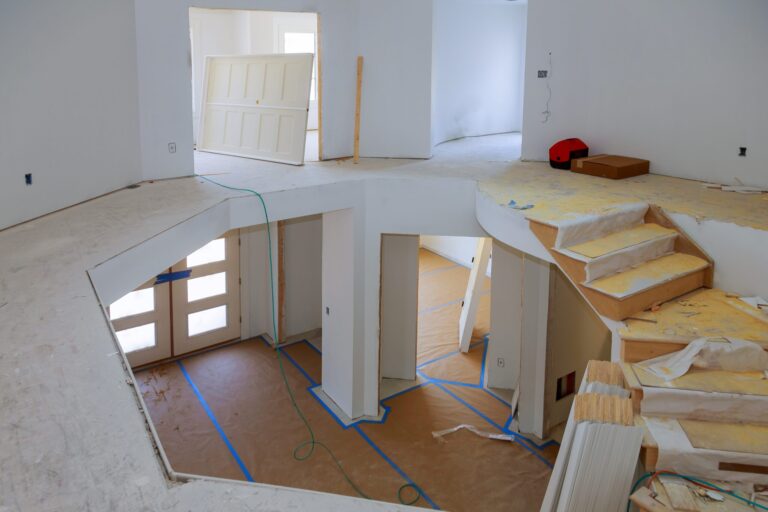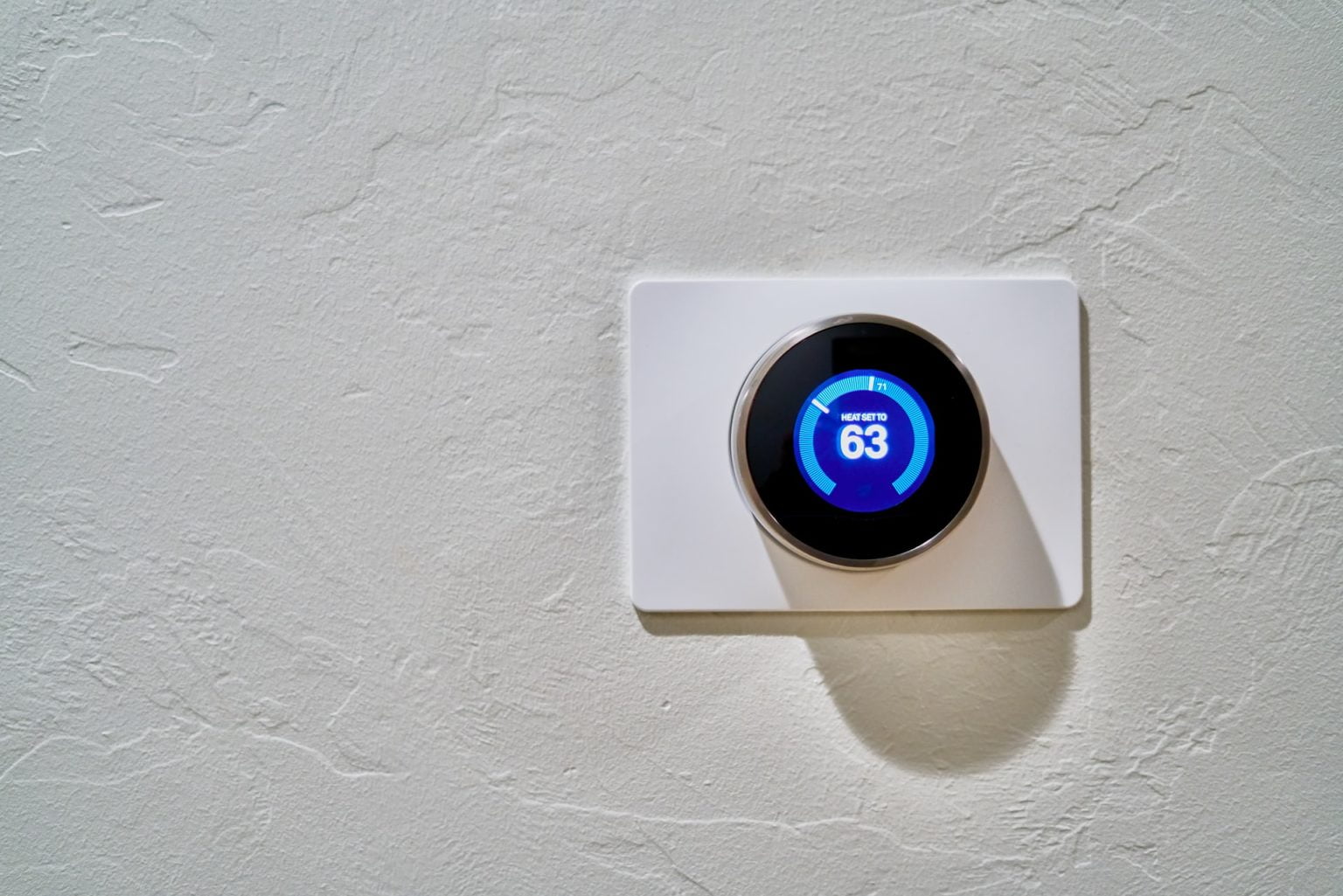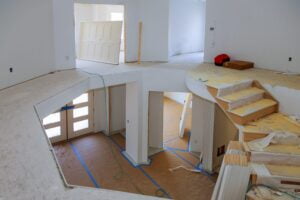Over the past few years, many homeowners have opted to modernize their households with new air system technology. As both a source of additional energy efficiency and lower overall energy costs, ductless mini-split heat pumps have become a popular alternative to traditional HVAC systems. However, while a ductless air conditioner unit has many benefits and conveniences, the installation process may vary depending upon a home’s age and type of insulation. These factors can play a large part in your indoor air quality, as well as the potential for air leaks and heat loss.
Here, we will look at some of the many benefits of ductless mini-split HVAC systems, as well as four of the most common mistakes that can occur during the air system’s installation process.
1. Proper attic insulation is key.
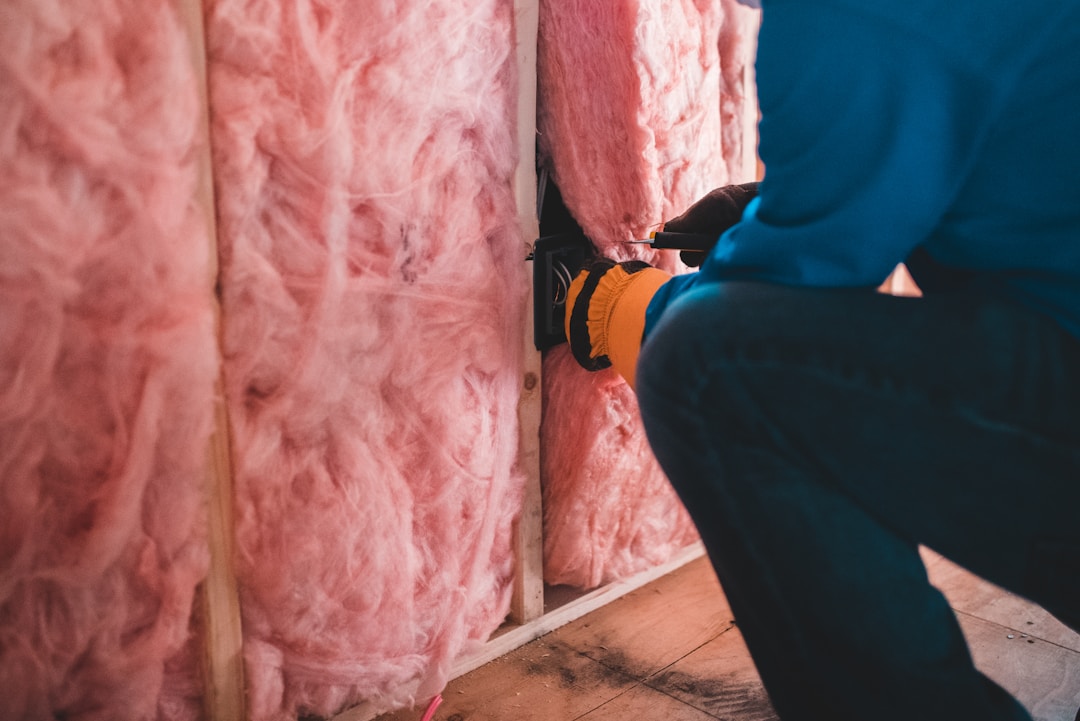
The most popular feature of a ductless mini-split HVAC system is the unit’s unique design that replaces both a household’s air conditioner and furnace within a single machine. However, that sole unit still requires two separate pieces of equipment to work together to produce either warm air during the winter months or cool air during the summer months: the outdoor compressor and the indoor air handler. To put it simply, the compressor is responsible for transporting air from outside into the indoor air handler, which does the actual cooling or warming of the air flow.
As the name suggests, a mini-split heat pump is, indeed, a ductless HVAC system. However, you’ll still need a traditional vent system and space for the air handler. With this in mind, you’ll want to have an expert technician inspect your home’s insulation, specifically in the attic and crawl space. These are two areas where much of an HVAC system’s heat loss or similar air leaks can take place. One of the most important benefits of attic insulation is the decrease of lost air flow. In the end, sturdy, adequate insulation to act as a strong vapor barrier can greatly lower your home’s energy bills. Before installing your new ductless unit, be sure you have proper attic insulation.
2. An adequate amount of insulation is crucial.
On that note, new insulation swapped for worn-out old insulation is definitely the best approach to ensure your new mini-split HVAC’s proper functioning. However, many homeowners never inspect their contractor’s use of enough insulation throughout the home’s many compromised areas. Aside from the age of the existing insulation in your attic, crawl space, and basement, there is the question that the installed didn’t skimp out on using enough of the material. Every crevice that leads to the outdoors may become susceptible to air leaks, condensation, and mildew, all of which can add up quickly to higher cooling and heating bills. When installing your new ductless HVAC, be sure your home is equipped with enough insulation, regardless of the kind of insulation you’ve used.
3. Older ductwork can cause air leaks.
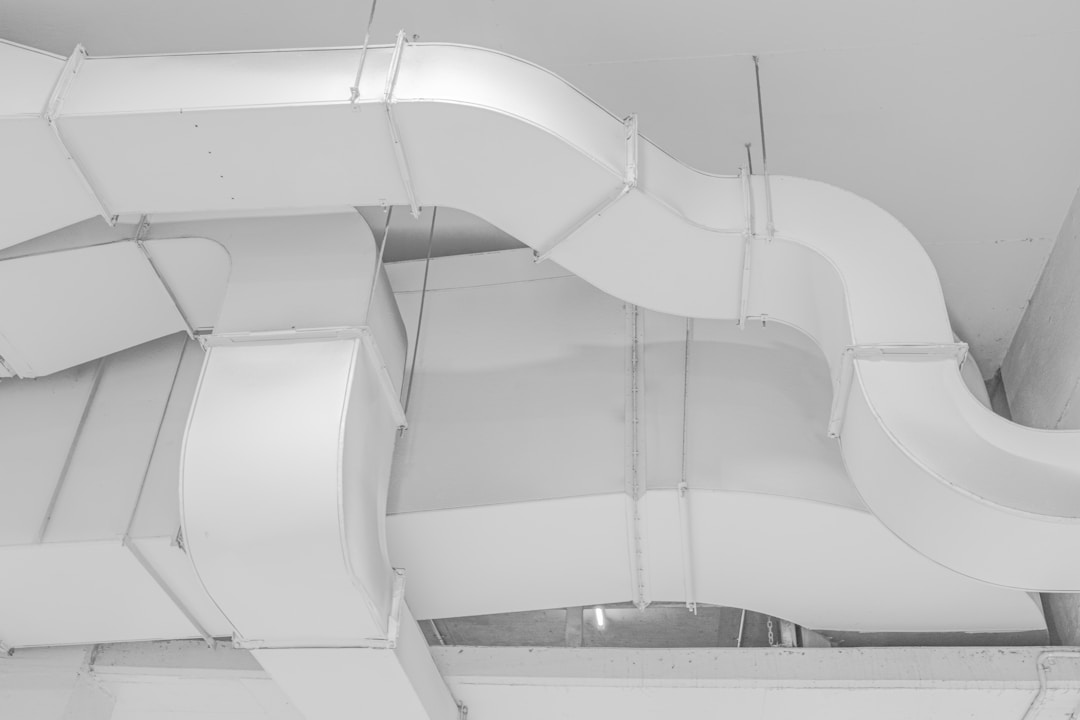
If you’re swapping out your traditional HVAC system for a new ductless unit, there’s a good chance that you have pre-existing ductwork and ventilation throughout your infrastructure. Although it may seem like a costly investment, it’s important that you have a professional contractor remove the old ductwork and seal up any small areas that could lead to additional air leaks. Once the integrity of your home’s entire structure is ensured, you’ll have the peace of mind that the new mini-split system will reach its full energy potential. A good rule of thumb is to keep track of your monthly energy savings, as that amount is a strong indicator that your unit is hitting its peak performance.
4. Adequate infrastructure is required.
Even with all the many benefits of ductless mini-split air conditioner systems, it’s important for homeowners to know that its installation will require some basic reconfiguring of the home’s ventilation network and pre-existing ductwork. If you’ve neglected its removal or adequate renovations of wood rot due to moisture, there’s a chance that structural damage could prevent the proper functioning of your new ductless HVAC. Be sure to have a contractor or HVAC installer give your home a safety audit prior to the new unit’s installation.


